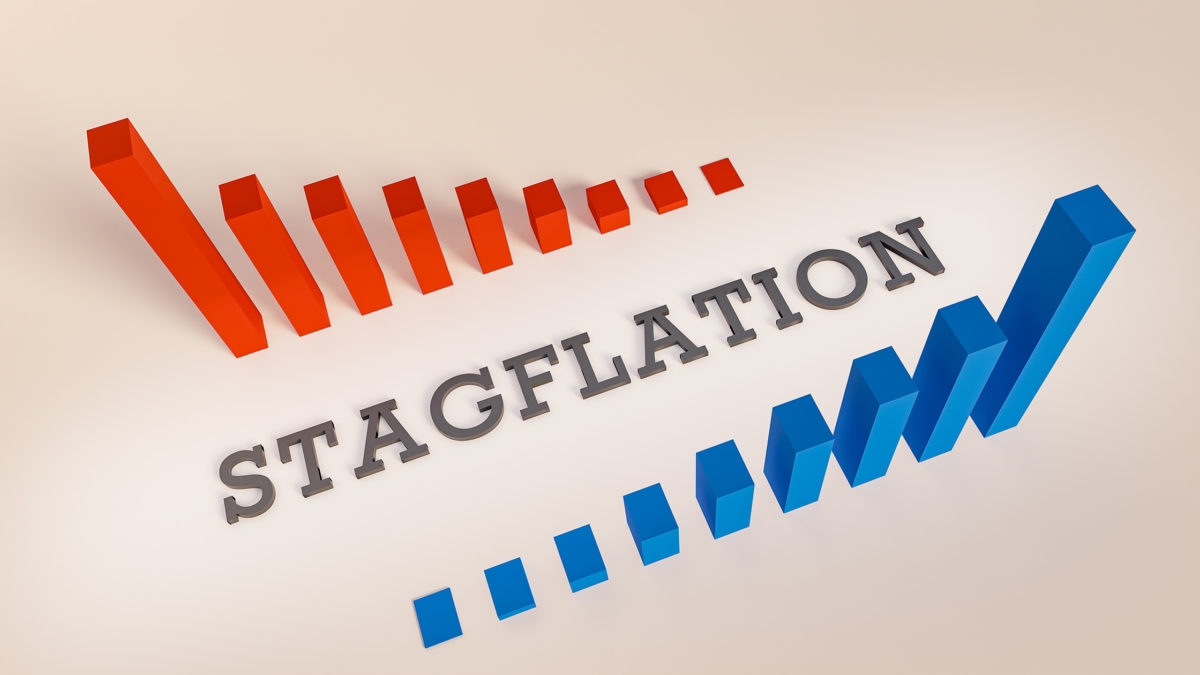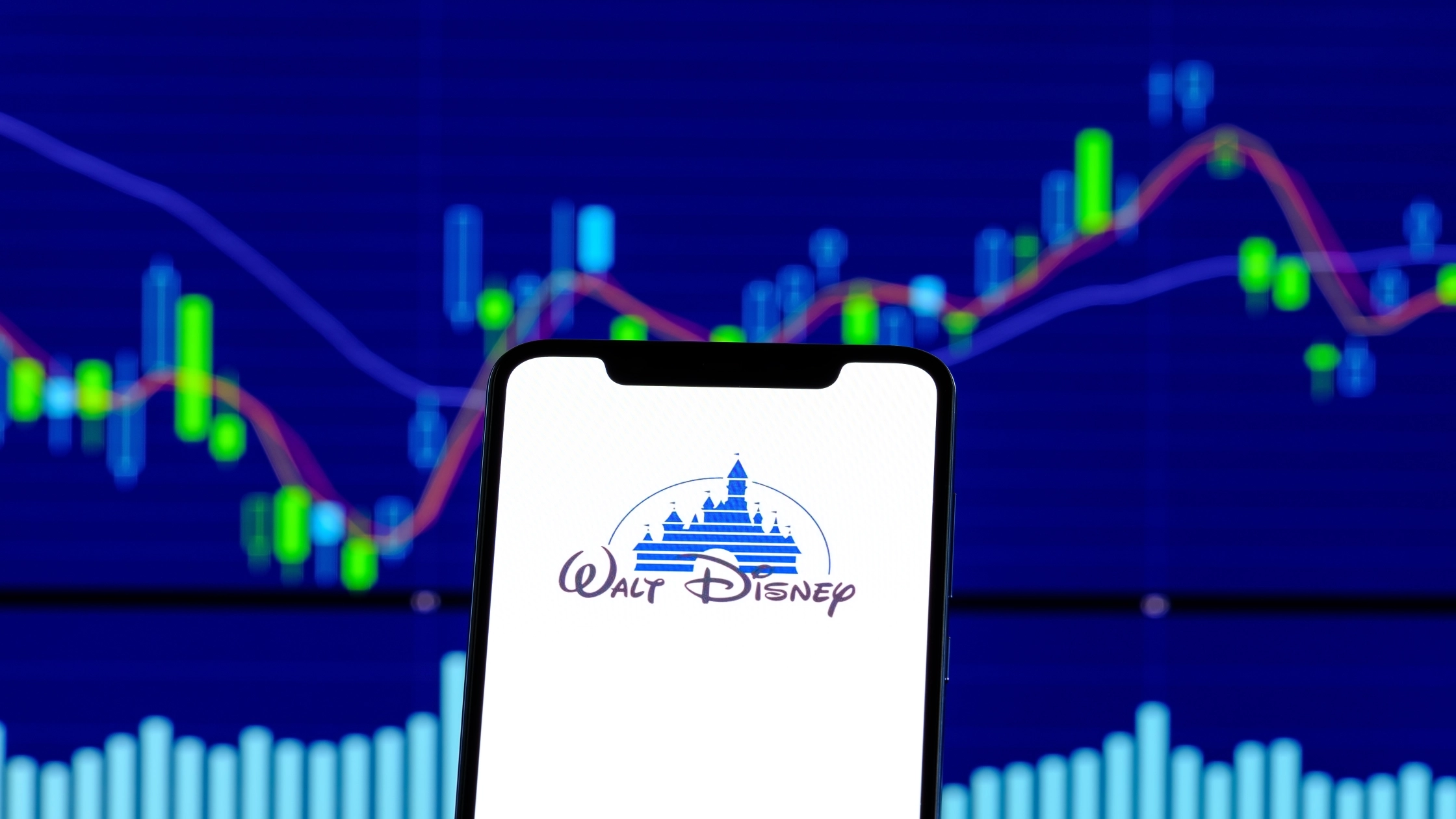The stock market in the US has continued to soar amid a rebound in economic growth.
However, as inflation remains elevated due to supply-chain disruption and soaring energy costs, concerns are brewing that a stagflation environment – low growth and high inflation – may be emerging.
Winners and losers in stagflation environment
Looking at the chart below, we can see that the big winner during periods of stagflation is gold (+22.1%).
This is mainly due to the perception that gold is a safe-haven asset and tends to appreciate during uncertain economic periods.
Aside from that, real interest rates will also be on a downtrend as inflation rises while growth expectations fall. As gold is a zero-yielding asset, this boosts the appeal of owning gold when inflation rises.
Aside from gold, commodities (+15.0%) and real estate investment trusts (REITs) are other asset classes that outperform.
Commodities, such as raw materials and energy, also tend to increase as inflation rises.
They typically perform during inflationary periods, including in both reflationary and stagflationary environments. In general, commodities are seen as a good inflation-hedge asset.
Similarly, REITs also hedge against inflation through the increase in rental rates and property prices.
While gold, commodities and REITs are among the outperformers during stagflation period, the stock market (-1.5%) is the biggest loser during this period as growth is lacklustre.
With rising inflation and a low-growth environment, companies face declining revenue and rising costs. This normally translates into a weaker earnings outlook for companies, which results in lower returns for the stock market.
Stagflation can trigger risk-off sentiment
Over the last three to six months, we have seen a rebound in economic growth and inflation, which gives us a reflationary environment that favours both equities and the commodities market.
However, if we are on the verge of stagflation, this could trigger risk-off sentiment, leading to a shift in performance.
In this scenario, the biggest loser would be the equity market while gold might be the main beneficiary.
Commodities and REITs could remain in the play as the two could hedge against an inflationary environment.
Finally, the outcome for the bond market might be harder to predict but the record low yields might constrain bonds’ hedging potential in a risk-off event.

Past performance may not be repeated in future performance.
Source: Datastream Refinitiv, Schroders. Data as of 30 September 2021
Goldilocks = accelerating growth and falling inflation, Disinflation = decelerating growth and falling inflation, Reflation = accelerating growth and rising inflation, Stagflation = decelerating growth and rising inflation








